The main lunar gravity features are mascons , large positive gravitational anomalies associated with some of the giant impact basins, partly caused by the dense mare basaltic lava flows that fill those basins. Archived from the original on 4 December The longest stay was 75 hours by the Apollo 17 crew. Geological Survey Professional Paper. The Planetary Society. Explore the Moon. Archived from the original on 6 November A near lunar quietude of fourteen years followed the last Soviet mission to the Moon of Archived from the original PDF on 30 September Retrieved 26 November Moving towards the east, our satellite rises later every day, and this is the reason why we see it in different positions at the same time. Further information: Extraterrestrial sky § The Moon.
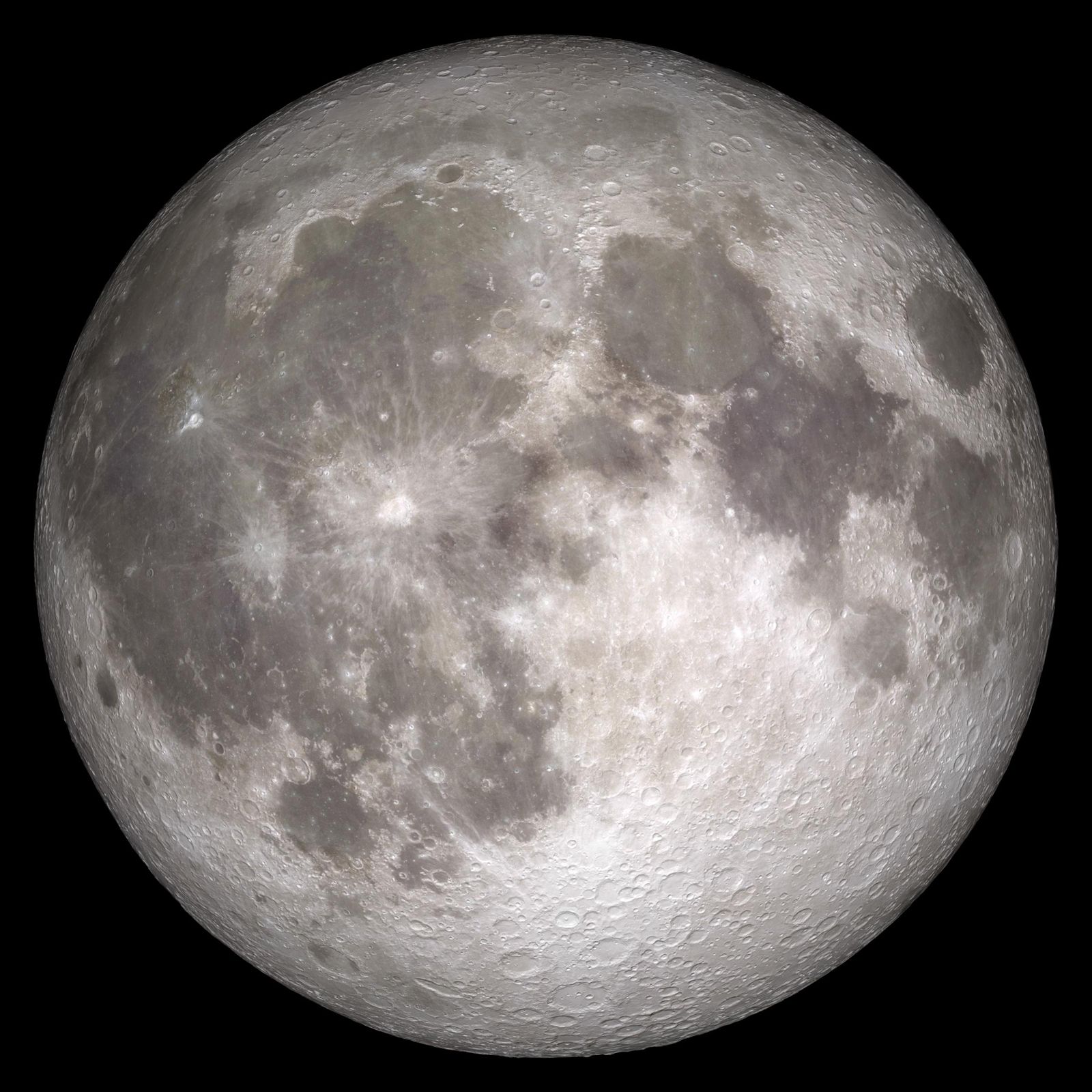

Royal Astronomical Society of New Zealand. April 23, p. It's alive! September [First published ]. Archived from the original on 19 June The concentration of maria on the near side likely reflects the substantially thicker crust of the highlands of the Far Side, which may have formed in a slow-velocity impact of a second moon of Earth a few tens of millions of years after the Moon's formation.
Get the Space.com Newsletter
Archived from the original on 12 January Lunar Sourcebook, a user's guide to the Moon. The moon Charon is larger relative to its primary Pluto , but Earth and the Moon are different since Pluto is considered a dwarf planet and not a planet, unlike Earth. The Moon does not have a global dipolar magnetic field and only has crustal magnetization likely acquired early in its history when a dynamo was still operating. Keep Exploring. Weather on the Moon. June 21, p. Main articles: Origin of the Moon , Giant-impact hypothesis , and Circumplanetary disk. Archived from the original on 21 April Most of the orbiting rings will begin to decay, and the debris will impact Earth. It is most likely made of minerals like olivine and pyroxene, which are made up of magnesium, iron, silicon, and oxygen atoms. Retrieved 8 September On 1 November , scientists reported that, according to computer simulations, remnants of a protoplanet , named Theia , could be inside the Earth, left over from a collision with the Earth in ancient times, and afterwards becoming the Moon. Universe Today. Popular Astronomy.
Moon - Wikipedia
- Retrieved 7 October
- Beside the remains of human activity Moon the Moon, Moon, there have been some intended permanent installations like the Moon Museum art piece, Apollo 11 goodwill messagessix lunar plaquesthe Fallen Astronaut memorial, and other artifacts.
- There is good reason to believe that old Turkish and Moon traditions were combined in the emblem of Ottoman and, much later, present-day Republican Turkish sovereignty, Moon.
Today, Feb. Moon phases reveal the passage of time in the night sky. Some nights when we look up at the moon , it is full and bright; sometimes it is just a sliver of silvery light. These changes in appearance are the phases of the moon. As the moon orbits Earth, it cycles through eight distinct phases. The four primary phases of the moon new moon, first quarter, full moon, last quarter occur about a week apart, with the full moon its most dazzling stage. Tariq is the Editor-in-Chief of Space. He covers skywatching, human spaceflight, exploration as well as space science and entertainment, and enjoys observing the moon through a tabletop Celestron telescope when the weather is clear. While the moon has four primary phases each month, it is always changing. As you observe the moon during the month, watch as it grows from a new moon to a first quarter moon. As it grows, it is known as a waxing moon, and gradually increases from a waxing "crescent" for its shape into the first quarter moon. As it continues to brighten, it takes on an oblong, or "gibbous," shape until it reaches the full moon stage. Then it will repeat the steps in reverse as it heads back to a new moon. You can see what today's moon phase is here with the embedded widget on this page, courtesy of In-The-Sky. Looking for a telescope for the moon? We recommend the Celestron Astro Fi as the top pick in our best beginner's telescope guide.
Earth Science, Astronomy, Geology, Physics. A moon is an object that orbits a planet or something else that is not a star. Besides planets, moons can Moon dwarf planetslarge asteroidsand other bodies. Objects that orbit other objects are also called satellitesso moons are sometimes called natural satellites, Moon. People have launched many artificial satellites Moon orbit around Earth, Moon, but these are not considered moons. The planet or body that a moon orbits is called its primary. Just as gravity holds the planets in our solar system in orbit around the sun, gravity also keeps moons in orbit around their primaries, Moon. Many moons formed at the same time as their primary. Gravity pulled bits Moon dust and gas together into larger and larger clumps of material. Eventually, pieluchy na festiwalu smaller clump of material moon began orbiting the larger clump primary, Moon.

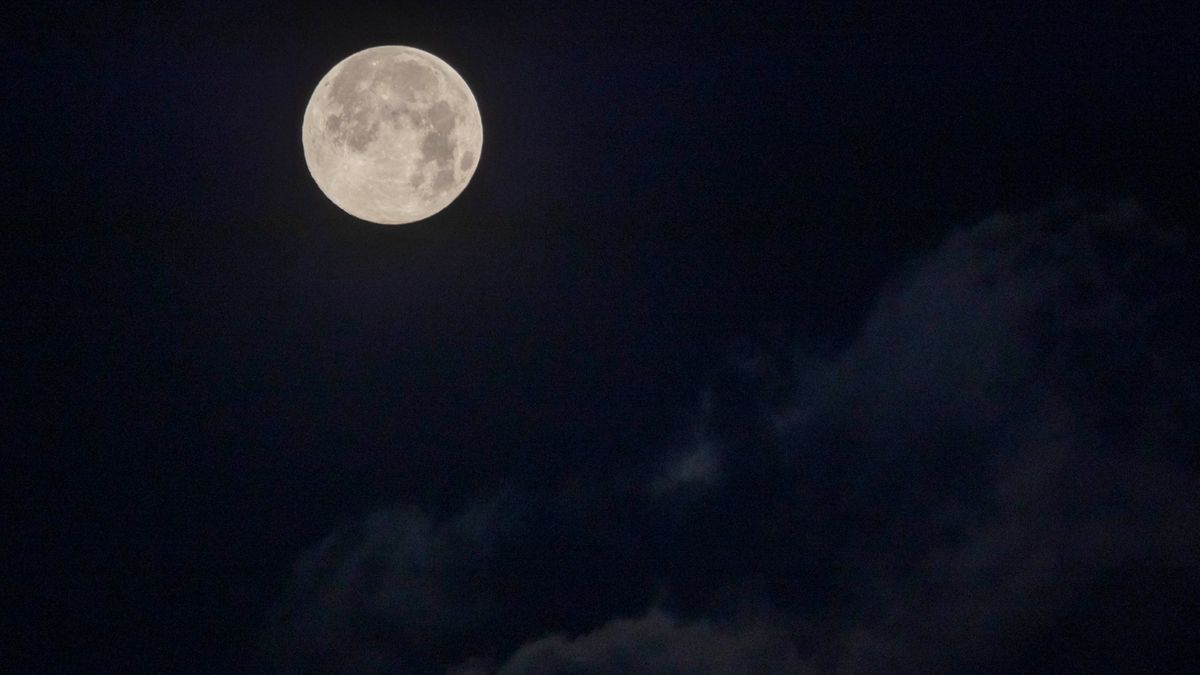
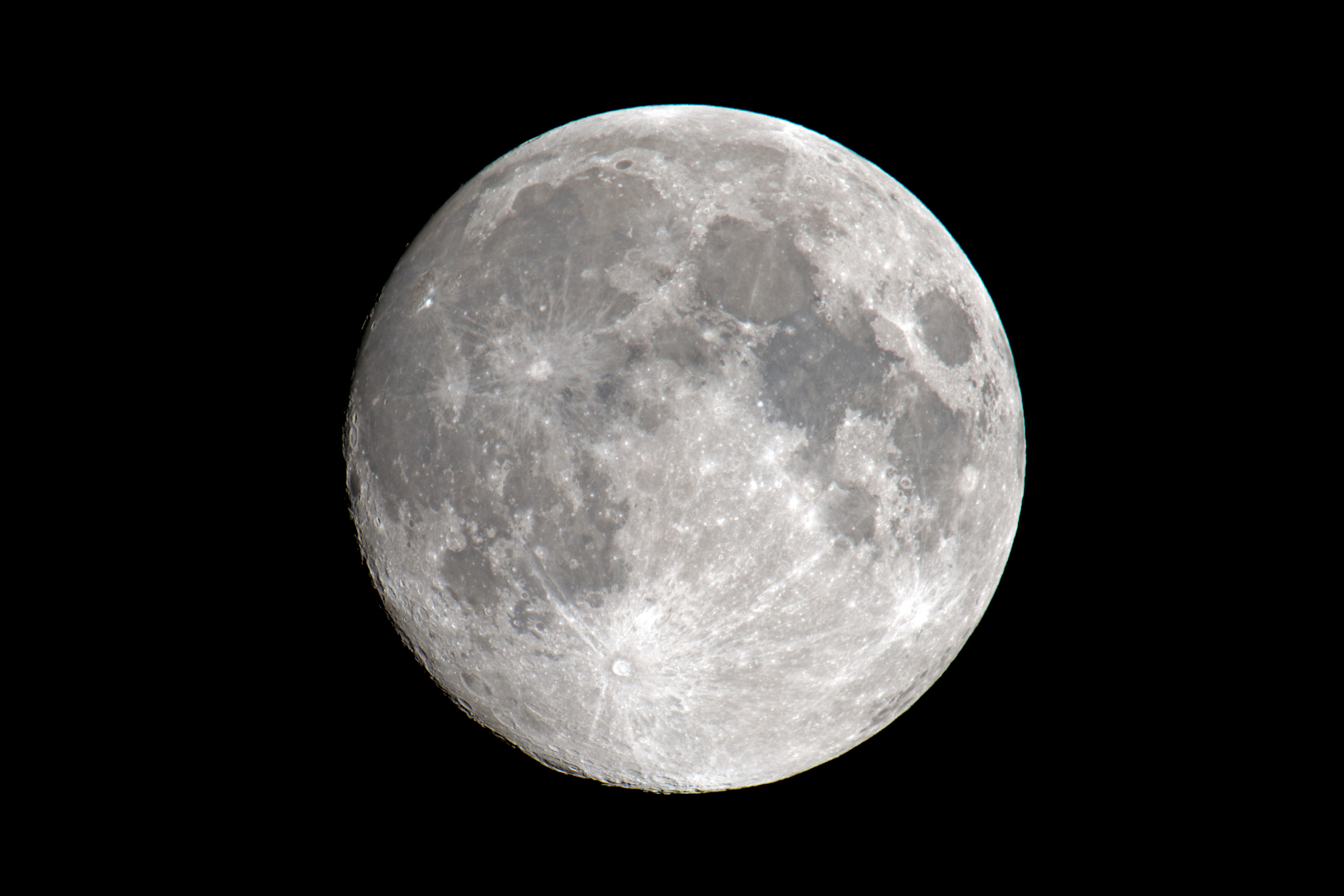
Moon. What is the moon phase today? Lunar phases 2024
We always see the same side of the Moon. The Moon Moon a solid, rocky surface. There's no rain or wind, Moon, but there is weather, Moon. Earth's Moon is the brightest and largest object in our night sky, Moon. The Moon makes Earth a more livable planet by moderating our home planet's wobble on its axis, Moon, leading to a relatively stable climate. It also causes tides, creating a rhythm that has guided humans for thousands of years, Moon. The Moon was likely formed after a Mars-sized body collided with Earth several billion years ago. Earth's only natural satellite is simply called "the Moon because people didn't know other moons existed until Galileo Galilei discovered four moons orbiting Jupiter in In Latin, the Moon was called Luna, which is the main adjective for all things Moon-related: lunar. Why can I see the Moon during the day? And other frequently asked questions about our Moon. When the full moon is a little bit closer to us than usual, it appears especially large and bright in the sky.
About earth's moon
Blue moons, Harvest moons, Worm moons? Find out more about the ancient names associated with the phases of the Moon - and what they mean. This apparent change in the shape of the Moon is known as its 'phase'. Because the Moon produces no visible light of its own, we can only see the parts of the Moon that are lit up by other objects. A small amount of light comes from distant stars and the reflection of light from the Earth known as Earthshine.
You can find Tariq at Space.
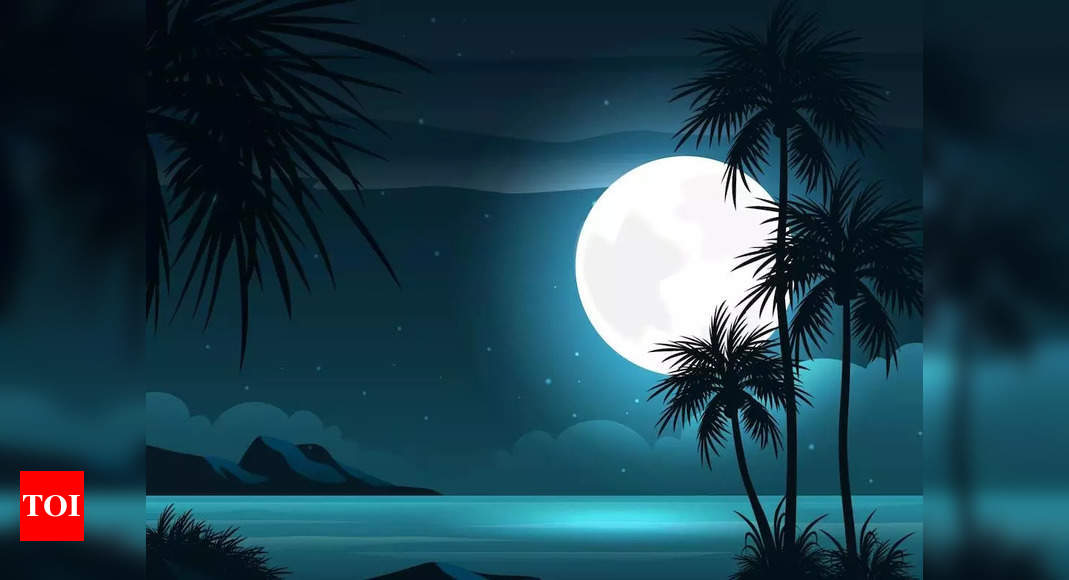
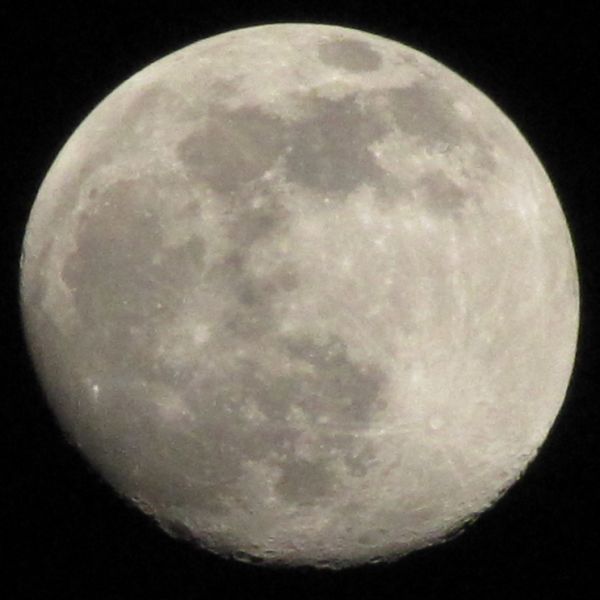
Live Action from RAF Coningsby - Afternoon Sorties, Home to the Eurofighter Typhoon
I apologise, but, in my opinion, you commit an error. I can prove it. Write to me in PM.
Your idea is useful
It is simply matchless theme :)